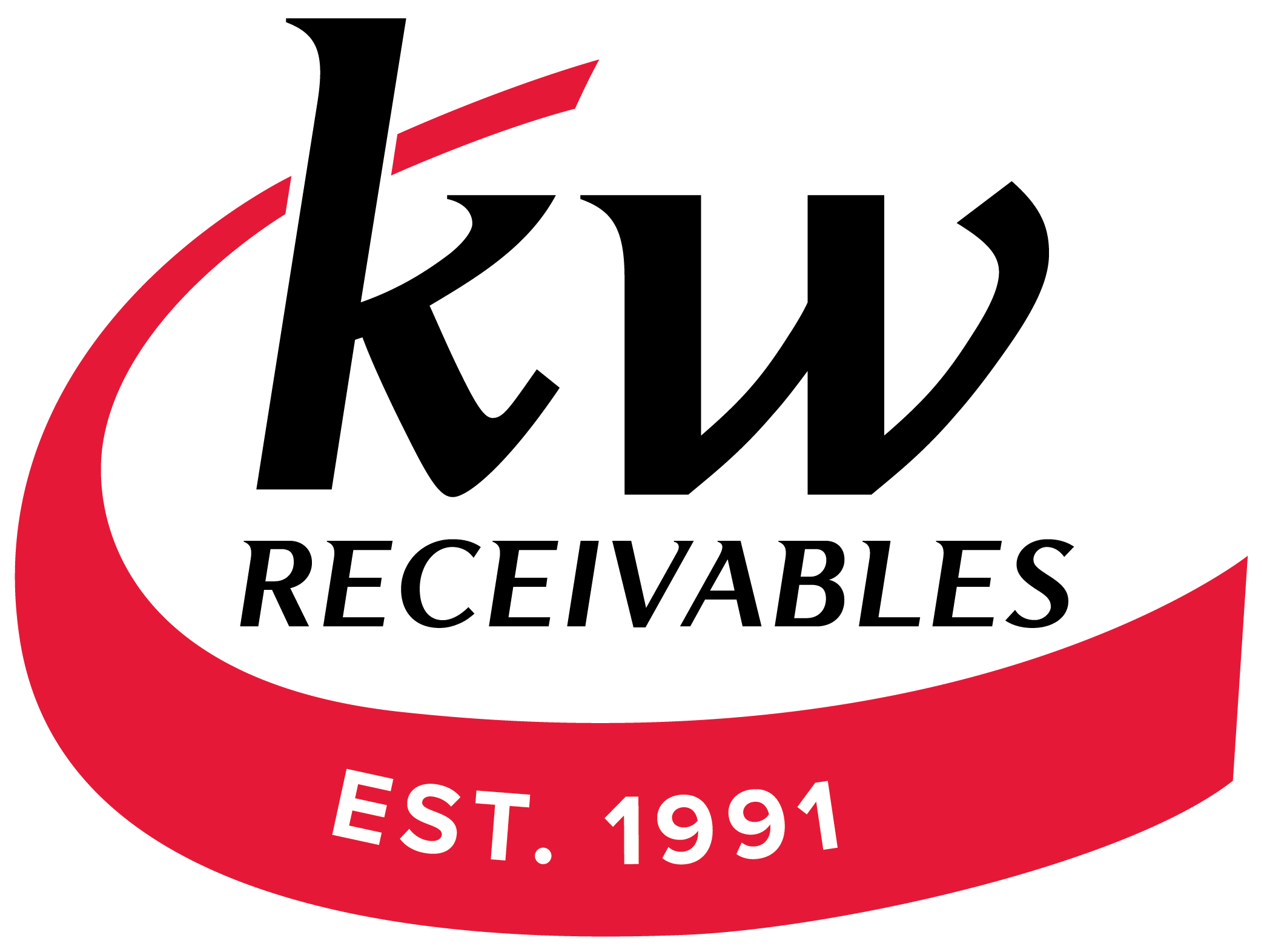
Late payments can have a significant impact on a company’s cash flow and overall business growth. It is crucial for businesses to understand the nature of late payments, their consequences, and implement effective strategies to manage payment cycles more efficiently. In this article, we will delve into the effects of late payments on cash flow and business growth, provide examples and data sets, and offer actionable strategies to mitigate these risks.
Understanding Late Payments and Their Impact on Cash Flow
Late payments occur when customers fail to pay their invoices within the agreed-upon timeframe. This can disrupt a company’s cash flow, which is the lifeblood of any business. When payments are delayed, it becomes challenging for businesses to meet their financial obligations such as paying suppliers, employees, and covering operational expenses. As a result, businesses may face liquidity issues, leading to cash flow shortages.
Moreover, late payments can create a domino effect, causing a ripple effect throughout the entire supply chain. If a business is not paid on time, they may struggle to pay their suppliers promptly, creating a strain on relationships and potentially affecting the quality and efficiency of the goods or services they provide.
Consequences of Late Payments
The consequences of late payments extend beyond immediate cash flow issues. Here are some common repercussions that businesses may face:
Increased debt and interest costs: When businesses face delayed payments, they may need to rely on credit or loans to bridge the gap. This can result in increased debt and interest costs, further constraining cash flow and eating into potential profits.
Strained supplier relationships: Consistently late payments can strain relationships with suppliers, who may start demanding stricter payment terms or even refuse to work with the business altogether. This can lead to higher costs, reduced access to supplies, and diminished trust within the supply chain.
Opportunity cost: When businesses spend time and resources chasing overdue payments, they divert valuable attention away from other crucial aspects of the business, such as innovation, growth, and customer acquisition. This can hinder the overall development and success of the company.
Long-Term Effects on Business Growth
Late payments can have lasting effects on a company’s growth prospects. Here are a few ways delayed payments can impede business growth:
Limited investment and expansion opportunities: Insufficient cash flow resulting from late payments can hinder a company’s ability to invest in new equipment, hire additional staff, or expand into new markets. This limits growth potential and competitive advantage.
Damage to reputation: Consistently paying late can tarnish a company’s reputation in the industry. Suppliers and potential customers may view the business as unreliable or financially unstable, leading to a loss of trust and missed opportunities for growth.
Lack of working capital: Without consistent and timely cash inflows, businesses may struggle to maintain sufficient working capital to fund day-to-day operations, leaving them vulnerable to unexpected expenses or market fluctuations.
Strategies for Effective Payment Cycle Management
To mitigate the risks associated with late payments and ensure a healthy cash flow, businesses can implement the following strategies:
Clear payment terms: Clearly communicate payment terms to customers upfront, including due dates, penalties for late payments, and any available discounts for early payments. This sets expectations and encourages timely payments.
Invoice automation: Utilize software solutions that automate the invoicing process, ensuring accurate and prompt invoicing. Automated reminders can also be set up to notify customers of upcoming or overdue payments.
Establish credit policies: Conduct thorough credit assessments before extending credit to customers. Set appropriate credit limits, enforce payment terms, and regularly review creditworthiness to minimize the risk of late payments.
Offer multiple payment options: Provide customers with diverse payment options such as online payment gateways, direct bank transfers, or credit card payments. This increases convenience and reduces barriers to timely payments.
Regularly monitor receivables: Implement a system to track and monitor accounts receivable regularly. Identify any delinquent payments and promptly follow up with customers to resolve issues and facilitate payment.
By implementing these strategies, businesses can minimize the impact of late payments on cash flow and ensure sustainable business growth over time.
Overall, late payments can have detrimental effects on a company’s cash flow and hinder business growth. It is essential for businesses to understand the consequences, both immediate and long-term, and implement effective strategies to manage payment cycles more efficiently. By taking proactive measures and staying on top of receivables, businesses can maintain a healthy cash flow, nurture supplier relationships, and fuel future growth. Contact us today, to learn more.

